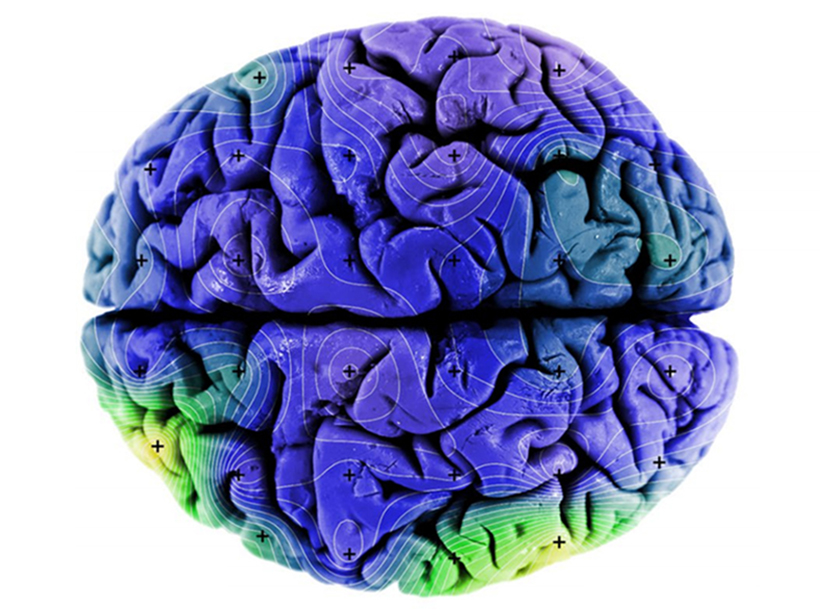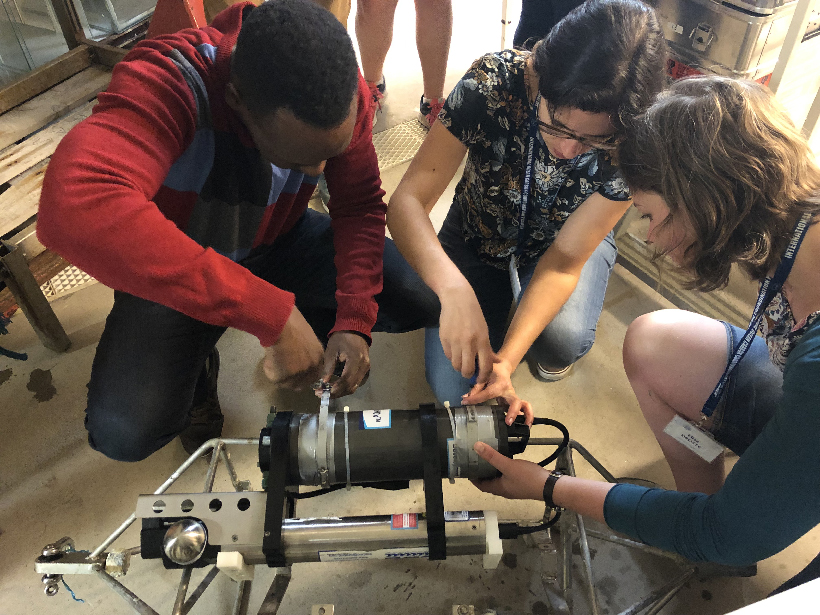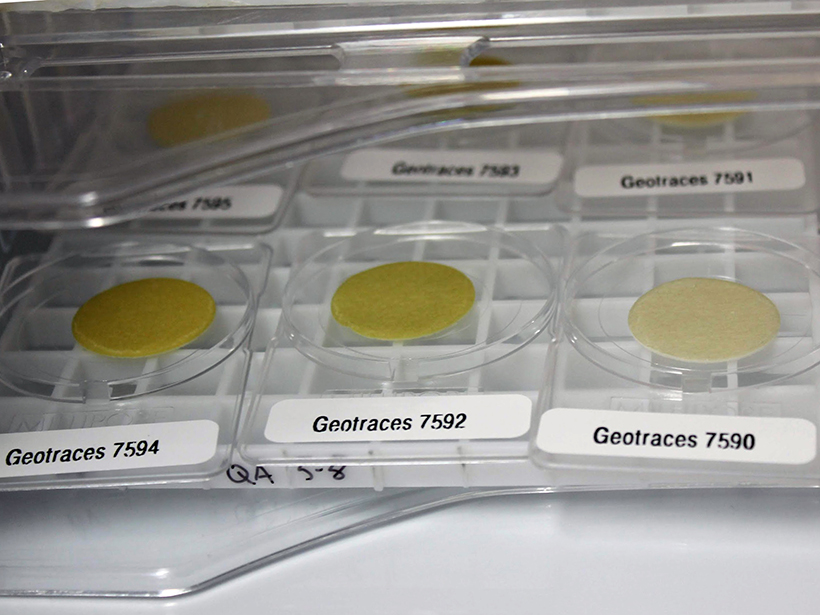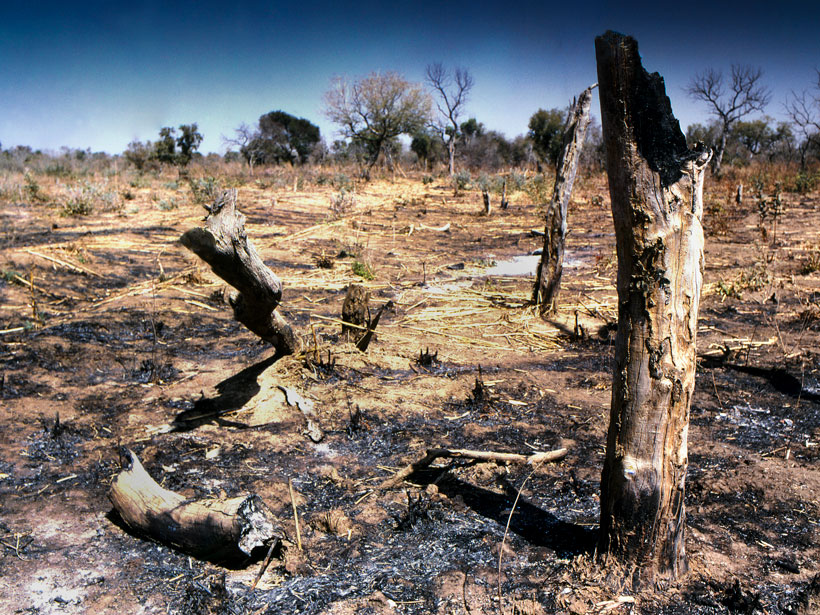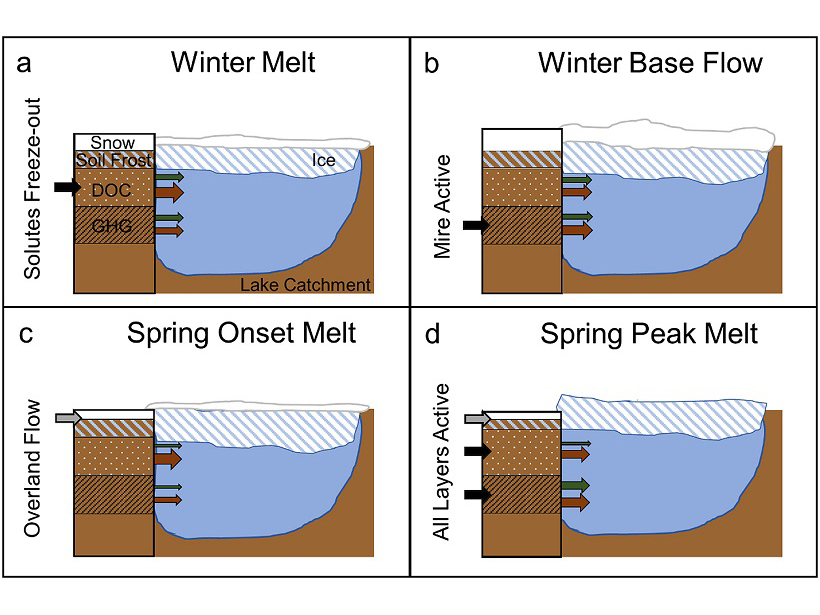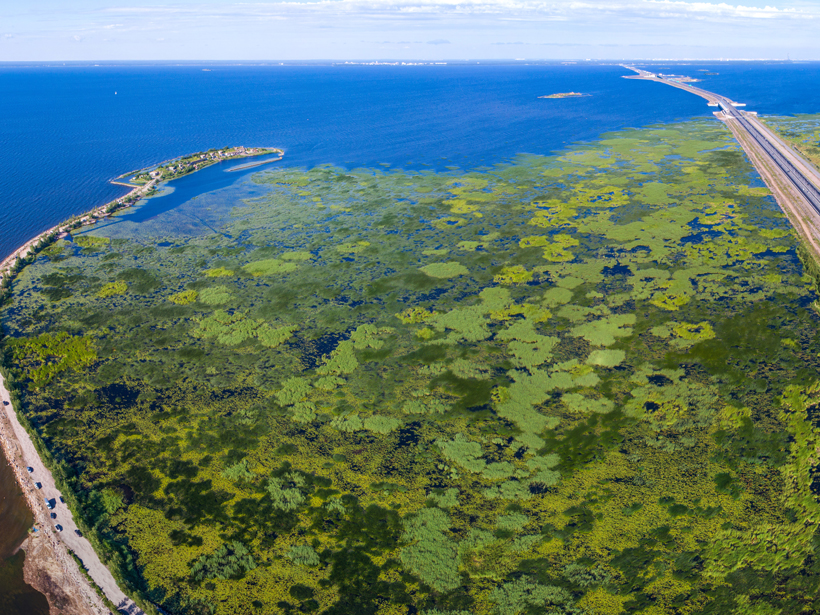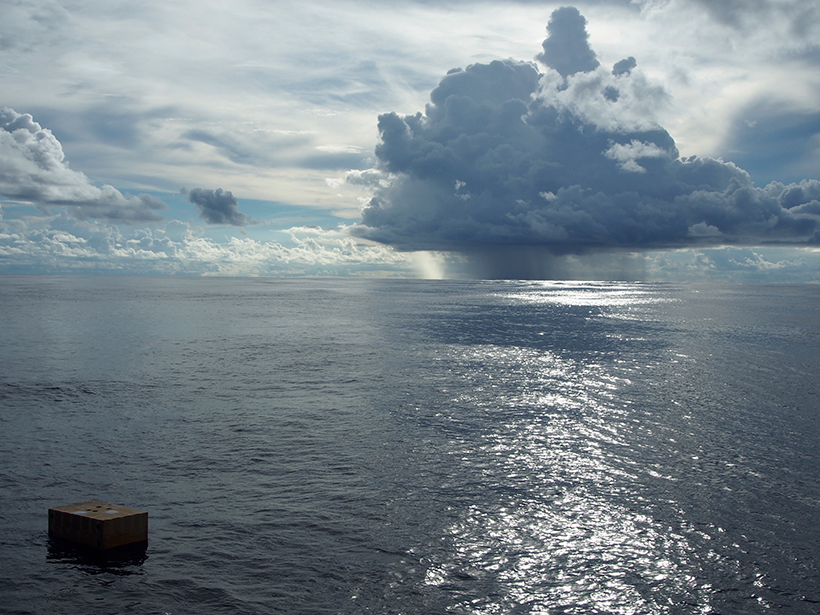Researchers used data from a pan-Arctic survey of carbon and trace elements to better understand how climate change will affect primary production in one of the fastest warming regions of the world.
biogeochemistry
The Shape of Watersheds
Streams in flatter watersheds have carbon cycles more sensitive to temperature increases.
Human Brains Have Tiny Bits of Magnetic Material
Here’s the first map of the magnetic mineral magnetite in the human brain. Turns out that our brain stem may be full of it.
Training the Next Generation of Marine Biogeochemists
Early-career scientists came together recently to learn to use a suite of ocean biogeochemical sensors, with the goal of closing the knowledge gap between ocean technology and potential end users.
Big Data Help Paint a New Picture of Trace Element Cycling
A new framework for understanding the suite of processes acting on marine particulate trace metals exemplifies how alternative analyses can maximize the information that large data sets provide.
A 192,000-Year Record of Northwest African Fire History
Biomarker analyses from an offshore sediment core suggest that increased fire occurrence around 55,000 years ago coincided with increased fuel loads and human settlement in this region.
Neanderthals Likely Ate Rotten Meat
Neanderthals have long been painted as meat-eating machines. But could a new look at a dietary proxy and how it changes when meat rots uncover insights into what these extinct hominids really ate?
What Lies and Waits Beneath Lake Ice?
Rarely made detailed measurements of carbon dioxide and methane under lake ice reveal a story more complex than simple models of gas buildup, with surprising findings for climate change impacts.
Human Activities Create Corridors of Change in Aquatic Zones
Canals, dammed reservoirs, irrigation ditches, and pollution are changing species diversity, microbial communities, and nutrient levels in aquatic zones across the planet.
Piecing Together the Big Picture on Water and Climate
A new database brings together water isotope data from many sources, providing an integrated resource for studying changes in Earth’s hydroclimate over the past 2,000 years.



